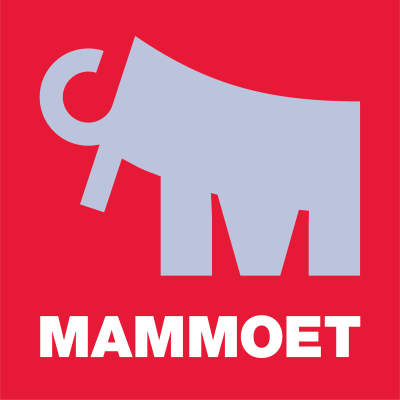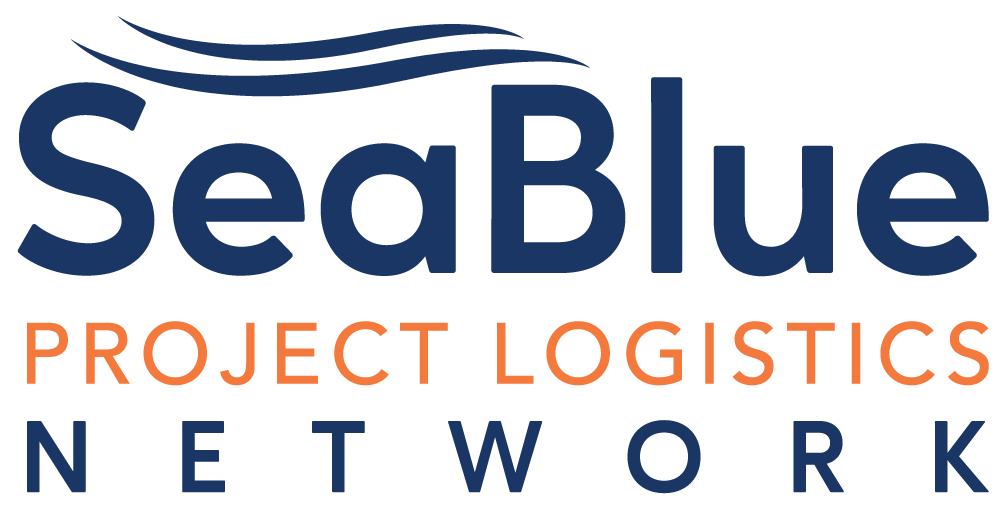Kingdom Gears Up for Gigawatts of Renewable Power
_3.jpg) By Heba Hashem
By Heba Hashem
As Saudi Arabia prepares the infrastructure for its first commercial-sized wind projects, industry leaders from Larsen & Toubro and Kuehne+Nagel assess the readiness of the logistics sector to support the buildout.
When Saudi Arabia announced its National Renewable Energy Program, or NREP, in 2016, virtually all of its electricity was generated from fossil fuels. In 2021, less than 0.1 percent of the country’s energy mix came from renewables, according to Climate Transparency.
However, Saudi Arabia plans to take this figure up to 50 percent by 2030 with the development of 58.7 gigawatts, or GW, of renewable energy capacity, of which 16 GW would come from wind turbines. With immense resources thanks to its long coastline and large deserts, the country is well positioned to become a role model for wind energy development within the Middle East.
Three wind power projects totaling 1,800 megawatts, or MW, are now in planning under Round 4 of the NREP. These include the 700 MW Yanbu Wind Farm in Al Madinah, the 600 MW Al-Ghat Wind Farm in Riyadh, and the 500 MW Waad Al Shamal Wind Farm in the Northern Borders region.
All three projects are owned by Saudi Power Procurement Co., or SPPC, a government company responsible for the tendering of renewable and conventional energy projects. SPPC announced the prequalified bidders for these projects in November 2022, which consisted of 18 industry heavyweights, including Masdar, TotalEnergies, EDF, PowerChina, Vestas, Marubeni Corp., and Toyota Tsusho Corp. The bidding process is expected to begin after SPPC’s evaluation and selection of qualified bidders.
Saudi Arabia also plans to build a 500 MW floating offshore wind farm through a collaboration between Italian energy group Saipem and UAE-based renewables investor Plambeck. Saipem, which had signed an exclusive agreement with Plambeck in 2019 for the development and construction of the wind farm, expects to undertake the engineering, procurement and construction of the project after financial agreements are finalized.
According to GlobalData, which tracks over 170,000 power plants worldwide, construction on the project is likely to commence in 2024 and it is expected to enter into commercial operation in 2027. It will be developed in a single phase and will see turbines mounted on floating wind foundations.
In the new city of NEOM on the west coast of Saudi Arabia, another wind power project with a capacity of 1,670 MW is underway. Together with solar energy, the wind turbines will power a massive green hydrogen production facility that is being developed by a joint venture of NEOM, Saudi utility Acwa Power, and U.S. industrial gases producer Air Products.
Meanwhile, Civil and Electrical Projects Contracting Co., or CEPCO, a 45-year-old company based in Saudi Arabia, is involved in a wind-solar hybrid project that will be the first of its kind in the Kingdom. Strategy and business development lead Waqass Altaf told Breakbulk that CEPCO was supporting the country’s wind projects in civil works and electrical infrastructure, and that it usually brings logistics specialists into the discussion at tender stage.
With no commercially operating wind farms, Saudi Arabia has been gaining operational experience of wind installations by running small demo plants. For instance, the 2.75 MW GE wind turbine commissioned by Saudi Electricity Co. in the town of Huraymila has been operating since 2019.
Similarly, the 2.75 MW GE turbine installed for Saudi Aramco at its Turaif oil storage depot has been running since 2017. Saudi Aramco has renewable energy ambitions of its own. In its 2022 sustainability report, the state-owned oil giant said it would be investing in more than 12 GW of solar and wind energy by 2030.
With the country’s first wind farm, the 400 MW Dumat Al Jandal, approaching commissioning, local industries are becoming more familiar with the development and delivery of such projects. Located in the Al Jouf region of north-western Saudi Arabia and featuring 99 Vestas wind turbines, the wind farm is being developed by the UAE’s Masdar and EDF of France. The project made headlines in 2019 for achieving a world record-low levelized cost of electricity of US$1.99 per kWh for onshore wind.
Logistical Challenges
Wind energy remains a new territory for Saudi Arabia, with logistical challenges ranging from limited port capacities to finding skilled workers in the country.
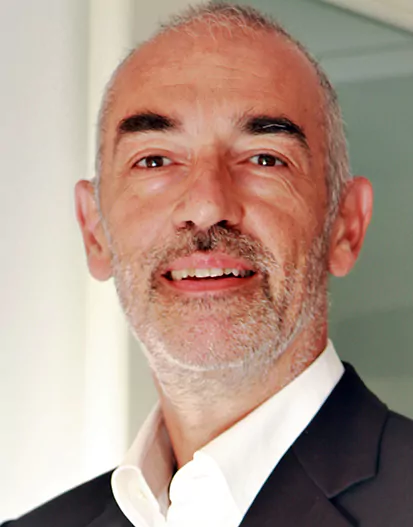 “The landing port must have sufficient space to store the quantity of blades and other parts of the wind turbines, and roads and tracks must meet the required standards to be fit for the transportation of the same. Additionally, the availability of skilled labor will be critical for the handling of these components,” Gianmaria La Porta, executive vice president and group director for energy and climate protection at ILF Group, told Breakbulk.
“The landing port must have sufficient space to store the quantity of blades and other parts of the wind turbines, and roads and tracks must meet the required standards to be fit for the transportation of the same. Additionally, the availability of skilled labor will be critical for the handling of these components,” Gianmaria La Porta, executive vice president and group director for energy and climate protection at ILF Group, told Breakbulk.
The international engineering and consulting firm was recently assigned a contract to conduct pre-development studies for four large wind farms in Saudi Arabia. The scope of work includes site assessment, preliminary and advanced design, environmental and social impact assessment, and an equipment transportation study.
ILF will support its client until the projects reach maturity and are ready for tendering on a design-build basis.
“We are carefully planning on behalf of our client, ahead of time. We are identifying the needed infrastructure reinforcements including the required access roads, the blades trajectories on the main roads, and the reinforcements required,” said La Porta.
While Saudi Arabia is full of treacherous deserts, certain regions pose additional challenges. For example, Tabuk, where the city of NEOM is being built, is known for its rugged, mountainous terrain that can be challenging for truck fleets hauling heavy and oversized cargo.
With all wind turbine components set to come from overseas, Saudi Arabia’s ports will need to be prepared for such a mammoth endeavor. According to Altaf, the country’s ports generally have limited capacity for handling wind turbines. “Only Jeddah and Dammam’s ports can handle large shipments, which adds [to the] cost of logistics,” he said.
Meanwhile, the Port of NEOM, formerly Duba Port, is being expanded to handle the rising volume of cargo coming into the new city. NEOM said last May it had invested more than US$2 billion in re-developing the port and expanding its capabilities, with the first container terminal set to open in 2025.
“The Port of NEOM was used for the Dumat Al-Jandal Wind Power Plant. Therefore, there aren’t any problems expected with the actual infrastructure. Some modifications are being performed in order to increase the capacity and facilities at the port,” La Porta said.
.jpg?width=162&height=200) All in all, logistics support is becoming more sophisticated in the Kingdom, according to Dharmendra Gangrade, head of the logistics management center at Indian conglomerate Larsen & Toubro, or L&T.
All in all, logistics support is becoming more sophisticated in the Kingdom, according to Dharmendra Gangrade, head of the logistics management center at Indian conglomerate Larsen & Toubro, or L&T.
“Lately, logistics activities in Saudi Arabia have improved significantly and the government has been supportive in import customs clearance. However, engaging an established Saudi-based agency ensures all processes are completed smoothly in a timely manner. We already have a long-term engagement with a local logistics agency to ensure rapid clearance with full compliance.”
Saudization Rules
The skilled labor that is needed for the expansion of Saudi Arabia’s wind energy sector remains a challenge. That, combined with the government’s Saudization policy, and the fact that the national population is generally young, makes it even more difficult to find experienced workers.
The Saudization policy aims to reduce the Kingdom’s over-reliance on expat workers and increase employment opportunities for Saudi nationals. The campaign has been ongoing since the 1980s, but it has been implemented more strenuously since 2011, when the government introduced quotas for the minimum share of Saudi employees in a firm’s workforce. These quotas range from 5 percent to 100 percent, according to recruitment agency James Douglas Middle East.
Companies below the quota face constraints in hiring expat workers, as well as in opening new locations and bidding on government contracts. Whereas companies above the quota receive benefits in terms of expedited visa services and access to expat workers.
“Saudi Arabia’s localization rules actually help with logistics activities that are performed within the Kingdom. Local staff add value to the team by managing shipment progress within the country, especially at the port of discharge and in customs clearance activities. Local staff are also familiar with country-specific requirements and help break down language barriers,” Gangrade said.
Saudization hiring requirements vary depending on the industry and size of the company. For example, as a provider of engineering services in the Kingdom, ILF has to meet a 45 percent localization rate. The company has been using different strategies to recruit the best local talent in middle and senior positions.
“Our Stewardship Program for young engineers for example is tailored to bridge the gap between theoretical learning at the university and real-world engineering applications. The program puts strong emphasis on fostering innovation, problem-solving, and effective collaboration. Its participants engage in rigorous technical training, hands-on project assignments, and are receiving invaluable mentorship from skilled professionals,” said La Porta.
For Kuehne+Nagel, the focus has been on engaging the local community by introducing a training program for Saudi Arabian graduates, providing on-the-job training to new employees and ongoing training to national employees at the company’s offices in Riyadh, Jeddah, Dammam, and Tabuk.
“In addition, we have asked our subcontractors to give preference to Saudi Arabian nationals wherever possible, and we are actively monitoring how they engage in providing jobs for the local NEOM community,” said Michael Doerpinghaus, global head of industrial projects at Kuehne+Nagel.
As the NREP’s wind power tender advances and bidders are selected for the three utility-scale projects, this will create opportunities for the breakbulk and project cargo industry. It is also worth keeping an eye on projects outside the NREP rounds, including Saudi Aramco’s renewable energy plan, and the Saipem-Plambeck offshore wind farm. With just seven years left for Saudi Arabia to achieve its 16 GW wind power capacity target, the pace of activity is likely to pick up significantly in the coming months.
Saudi’s soaring project market will be the focus of a mainstage panel session at Breakbulk Middle East 2024. “Saudi Arabia Spotlight: Project Update”, moderated by Lars Greiner, managing director of multipurpose at the Red Sea Gateway Terminal, will take place on Monday 12 February from 14:30-15:15.

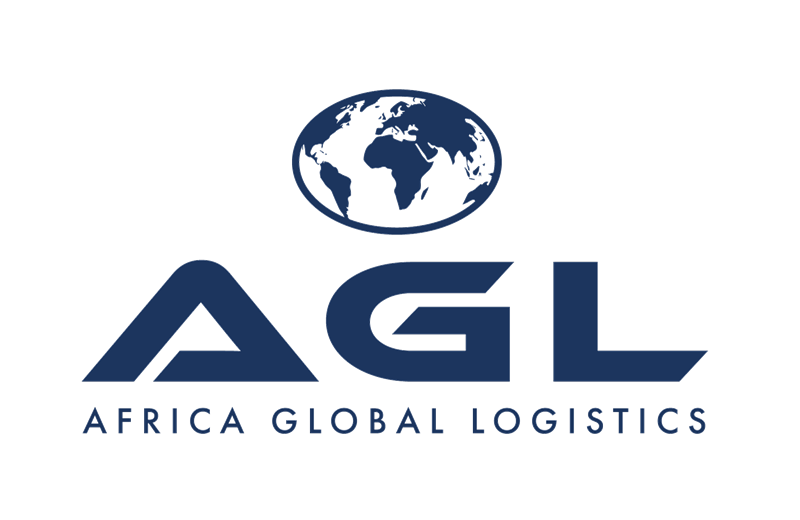
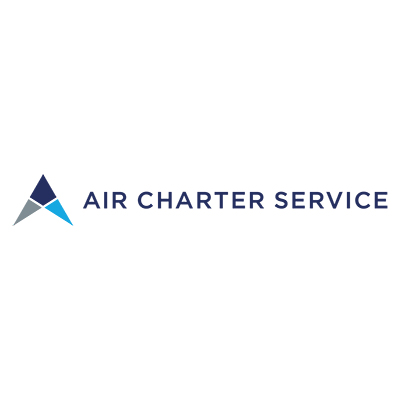

.png?ext=.png)
.png?ext=.png)
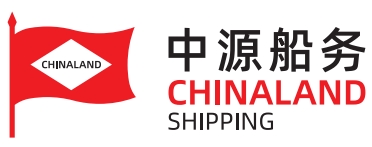
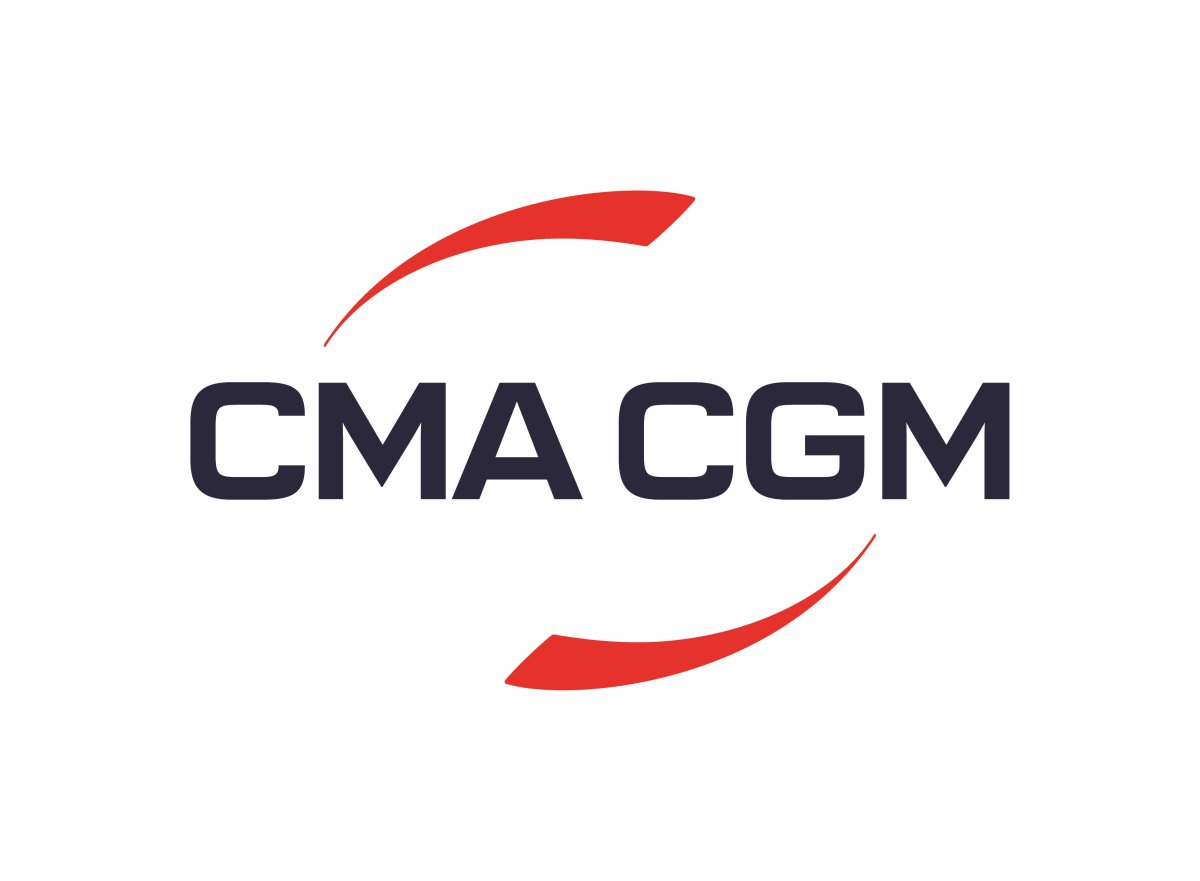




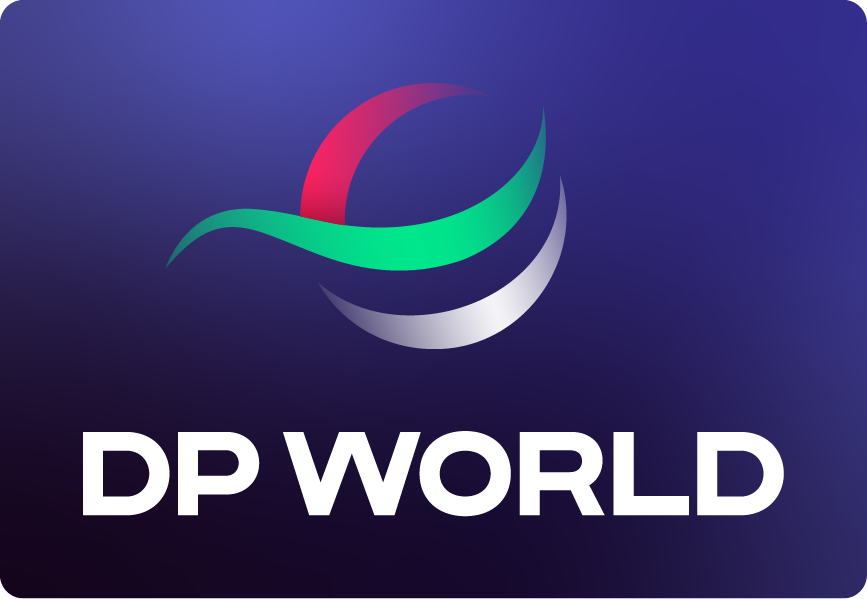


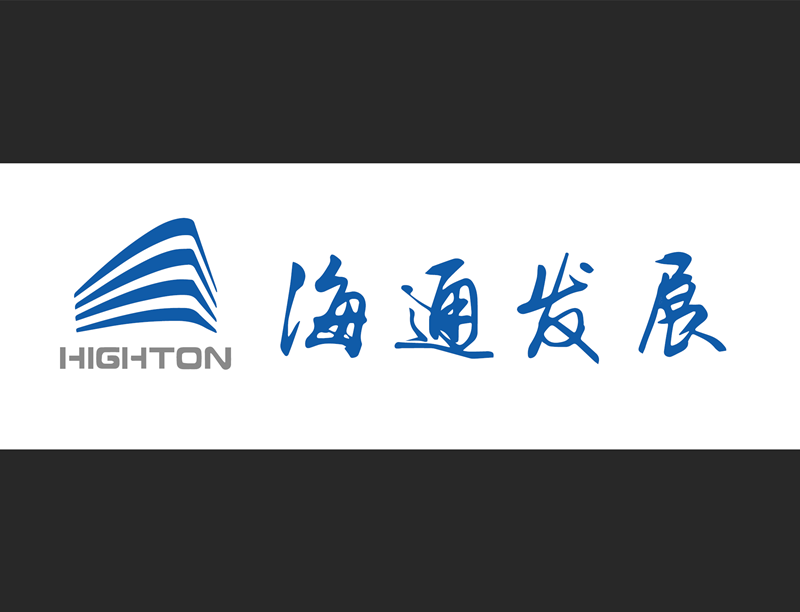
-(1).jpg?ext=.jpg)

.png?ext=.png)
_2.jpg?ext=.jpg)

